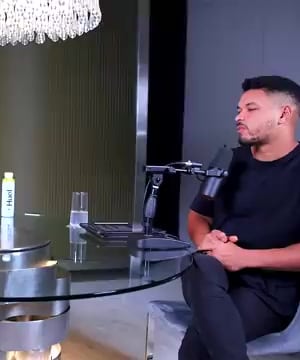How to write an effective sleep story
Sources:
To write an effective sleep story, consider the following expert insights from the creators of Calm, a leader in sleep-inducing audio content:
-
Begin Engagingly: Start the story in an engaging manner. Initially captivate the listener's interest with a well-told narrative involving different places or activities. However, ensure the story isn't too gripping, as the goal isn't to keep the listener awake but to ease them into sleep 1.
-
Lower Engagement Gradually: As the story progresses, reduce the pace and complexity. The narrative should gradually become less interesting, which helps transition the listener from wakefulness to sleep. The spaces between words can increase, and the narrator's voice should soften 1.
-
Focus on Voice and Sound: Utilize soothing voice talent, sound effects, and gentle music. These elements are crucial in creating a serene atmosphere that supports sleep. The quality of the voice and the nature of auditory effects play pivotal roles 2.
-
Consider the “Story Slope”: Unlike the traditional three-act structure, employ a "story slope" where the narrative begins captivatingly but simplifies as it nears the end. This method ensures the listener’s mind remains engaged just enough to distract from other thoughts, but not so engaged that it prevents sleep 2.
These insights from Calm incorporate story design, pacing, and auditory environment, all integrally crafted to enhance sleep quality.
RELATED QUESTIONS-
